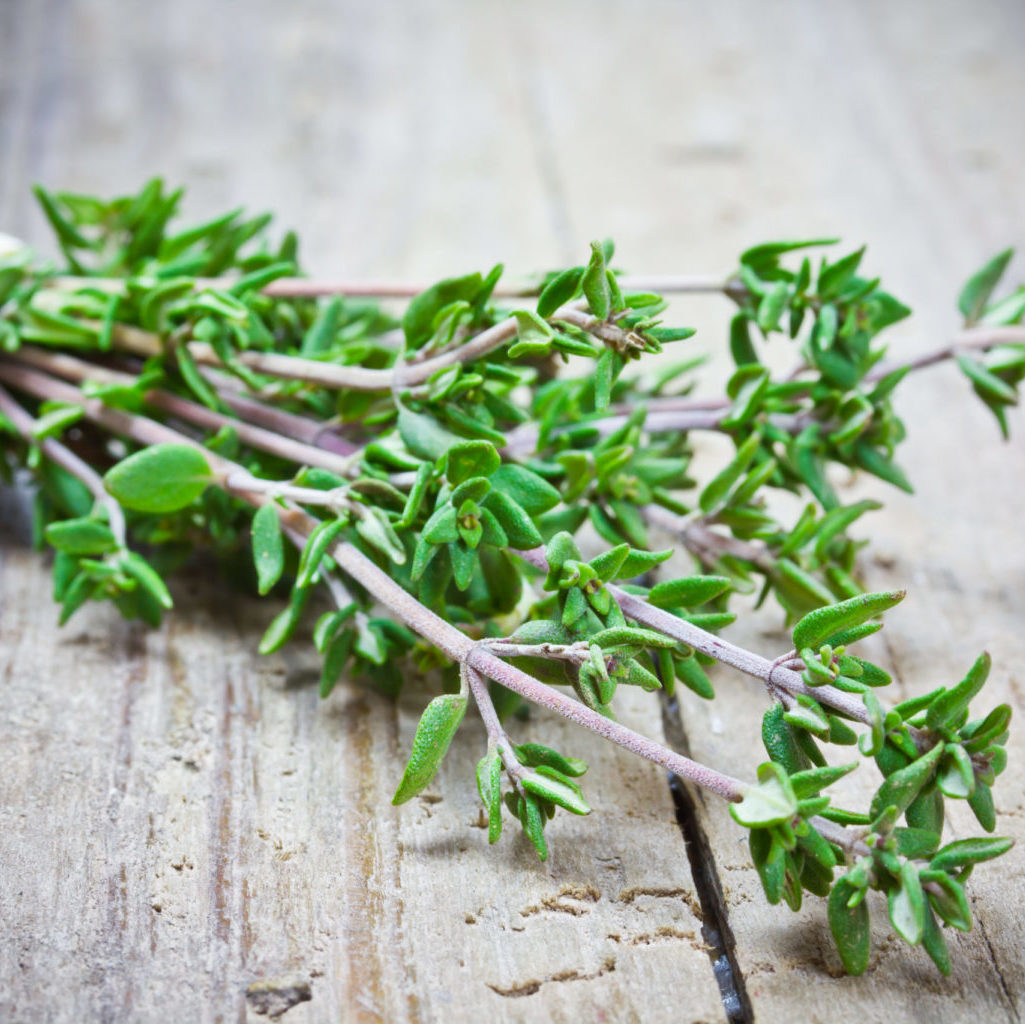Rosemary & Thyme: History, Uses, And Cultivation

Table of Contents
A Historical Perspective on Rosemary and Thyme
Ancient History and Mythology
Rosemary and thyme's stories stretch back to antiquity. In ancient Greece, rosemary was associated with remembrance and was often used in ceremonies and rituals. The Greeks also recognized its medicinal properties, utilizing it for various ailments. Similarly, thyme held significance in ancient Egypt, where it was used in embalming processes and religious rites. The Romans embraced both herbs, incorporating them into their culinary practices and everyday life.
- Religious ceremonies: Rosemary was used in ancient Greek funerals, symbolizing remembrance, while thyme was burned as incense in Egyptian temples.
- Medicinal remedies: Ancient texts mention rosemary's use in treating headaches and digestive issues, and thyme was employed for its antiseptic qualities.
- Historical references: Numerous ancient writings, including those of Hippocrates and Pliny the Elder, document the uses of rosemary and thyme.
Medieval and Renaissance Uses
During the Middle Ages and the Renaissance, rosemary and thyme continued to hold prominence. Rosemary became associated with fidelity and love, adorning bridal bouquets and being used in sachets. Both herbs were heavily incorporated into medieval medicine, often used in concoctions intended to cure various illnesses, including the plague. The Renaissance saw a heightened interest in herbal remedies, and both rosemary and thyme found their place in sophisticated culinary practices and perfumery.
- Plague remedies: Both herbs were believed to possess protective properties against the plague, and were incorporated into various remedies and amulets.
- Culinary applications: Medieval cookbooks feature rosemary and thyme in numerous recipes, showcasing their growing popularity in the kitchen.
- Notable figures: Several famous figures of the medieval and Renaissance periods are believed to have used these herbs, contributing to their cultural significance.
Culinary and Medicinal Uses of Rosemary and Thyme
Culinary Applications
Rosemary and thyme are culinary staples, bringing unique flavors to a vast array of dishes. Rosemary, with its strong, piney aroma, is often paired with roasted meats, particularly lamb, poultry, and pork. Its robust flavor also enhances soups, stews, and even baked goods. Thyme, possessing a more subtle, earthy taste, complements a wider range of dishes. It is particularly well-suited to vegetables, soups, and sauces. The versatility of both herbs makes them kitchen essentials.
- Roasted meats: Rosemary and thyme are classic additions to roast chicken, lamb, and pork, imparting a rich, savory flavor.
- Soups and stews: These herbs add depth and complexity to various soups and stews, enhancing the overall taste profile.
- Baked goods: Rosemary can be incorporated into bread, focaccia, and other baked goods, adding a unique aromatic note.
Medicinal Properties and Benefits
Rosemary and thyme possess potential health benefits, thanks to their rich antioxidant and antimicrobial properties. Rosemary is often associated with improved memory and cognitive function, and possesses potent antioxidant capabilities. Thyme, on the other hand, exhibits strong antibacterial and antiviral properties. However, it's crucial to remember:
Disclaimer: The information provided here is for educational purposes only and does not constitute medical advice. Always consult with a qualified healthcare professional before using herbs for medicinal purposes.
- Rosemary: Potential benefits include improved memory, reduced inflammation, and antioxidant protection.
- Thyme: Potential benefits include antimicrobial effects, boosting the immune system, and relieving respiratory issues.
Cultivating Rosemary and Thyme: A Gardener's Guide
Growing Conditions
Both rosemary and thyme thrive in warm, sunny locations with well-drained soil. Rosemary prefers full sun and dry conditions, while thyme is more tolerant of partial shade. Both herbs are relatively drought-tolerant once established. Various varieties exist, each with slightly different needs. Choosing the right variety for your climate is crucial.
- Rosemary: Requires well-drained soil, full sun, and minimal watering once established. Many varieties are available, each with slightly different cold hardiness.
- Thyme: Prefers well-drained soil and thrives in full sun to partial shade, with moderate watering. Many creeping and upright varieties exist.
Propagation Methods
Propagating rosemary and thyme is relatively straightforward. Rosemary is easily propagated from cuttings, while thyme can be grown from seeds or cuttings.
- Rosemary cuttings: Take 4-6 inch cuttings in spring or summer. Remove lower leaves, dip in rooting hormone, and plant in moist potting mix.
- Thyme seeds: Sow seeds indoors in early spring, or directly outdoors after the last frost. Thin seedlings to allow for proper spacing. Cuttings are also effective.
Pest and Disease Control
Rosemary and thyme are generally pest-resistant, but they can be susceptible to certain pests and diseases. Good growing practices, including proper spacing and watering, can help minimize problems. Organic pest control methods are readily available.
- Common pests: Aphids, spider mites, and whiteflies.
- Organic control: Neem oil, insecticidal soap, and beneficial insects.
Conclusion
Rosemary and thyme, two culinary and medicinal gems, boast a captivating history and a multitude of uses. From their ancient roles in rituals and medicine to their modern applications in the kitchen and garden, these fragrant herbs continue to enrich our lives. Their versatility, ease of cultivation, and health benefits make them worthwhile additions to any garden and kitchen. Start your own herb garden with rosemary and thyme today! Explore the endless possibilities of cooking with fresh rosemary and thyme and discover the joy of growing your own culinary herbs.

Featured Posts
-
 Munguia Beats Serace Avenges Previous Knockout Loss
May 31, 2025
Munguia Beats Serace Avenges Previous Knockout Loss
May 31, 2025 -
 Griekspoors Upset Victory Defeating Zverev And Avenging French Open Loss
May 31, 2025
Griekspoors Upset Victory Defeating Zverev And Avenging French Open Loss
May 31, 2025 -
 Exec Office365 Breach Millions Made By Hacker Feds Say
May 31, 2025
Exec Office365 Breach Millions Made By Hacker Feds Say
May 31, 2025 -
 The New Covid Variant Lp 8 1 Key Facts And Concerns
May 31, 2025
The New Covid Variant Lp 8 1 Key Facts And Concerns
May 31, 2025 -
 Grigor Dimitrov Kontuziya Na Rolan Garos Analiz I Prognozi
May 31, 2025
Grigor Dimitrov Kontuziya Na Rolan Garos Analiz I Prognozi
May 31, 2025
